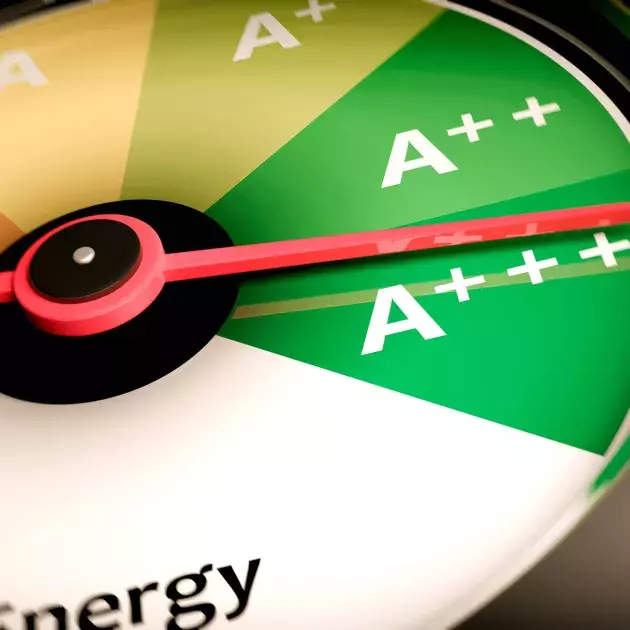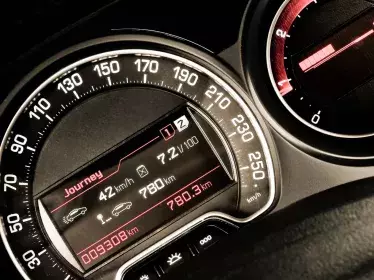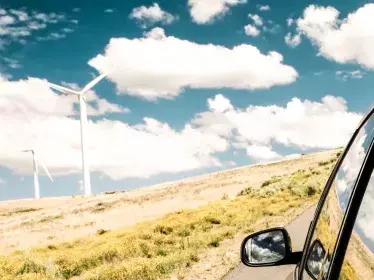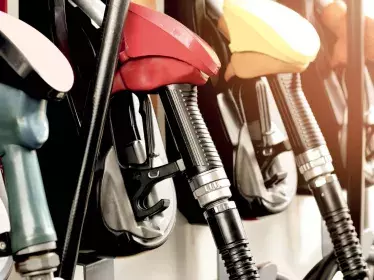Your car must meet certain standards, both in terms of safety and the environment. This is more straightforward for new cars than for second-hand cars. Here are the important documents and information you will need to find out for sure.
Every new car is delivered with a European certificate of conformity confirming that the vehicle meets the applicable approvals and standards. What's more, new cars always meet the latest standards. The Euro standard is crucial, but it is also important to remember the regulations when it comes to active and passive safety. Each car model is thoroughly tested before it hits the market. It must also meet the specifications put in place by the legislator. Otherwise, it may not be sold. At the dealership, each car is displayed with an energy label sheet, classifying the vehicle according to its level of CO2 emissions, from green A to red G. And to check the safety level of the car, it is possible – for the models tested – to compare the vehicles on the Euro NCAP website, which carries out crash tests and safety tests.
With a second-hand car, this can be a bit more complex. Nevertheless, there is a document that should reassure you: the Car-Pass. It certifies that the car has passed the second-hand technical inspection. It also includes the vehicle’s Euro standard and its service history. If the vehicle has been properly maintained, this should all be included in its service history. Otherwise, in particular for an imported vehicle, you should check the registration certificate. In terms of safety, the latest cars have more mandatory equipment. For example, eCall (automatic emergency call system) has been integrated into all vehicles since 1 April 2018. ESP has been mandatory since 1 November 2014. The tyre pressure monitoring system was introduced on 1 November 2012. The EuroNCAP site includes the history of all its crash tests, even for older models.






